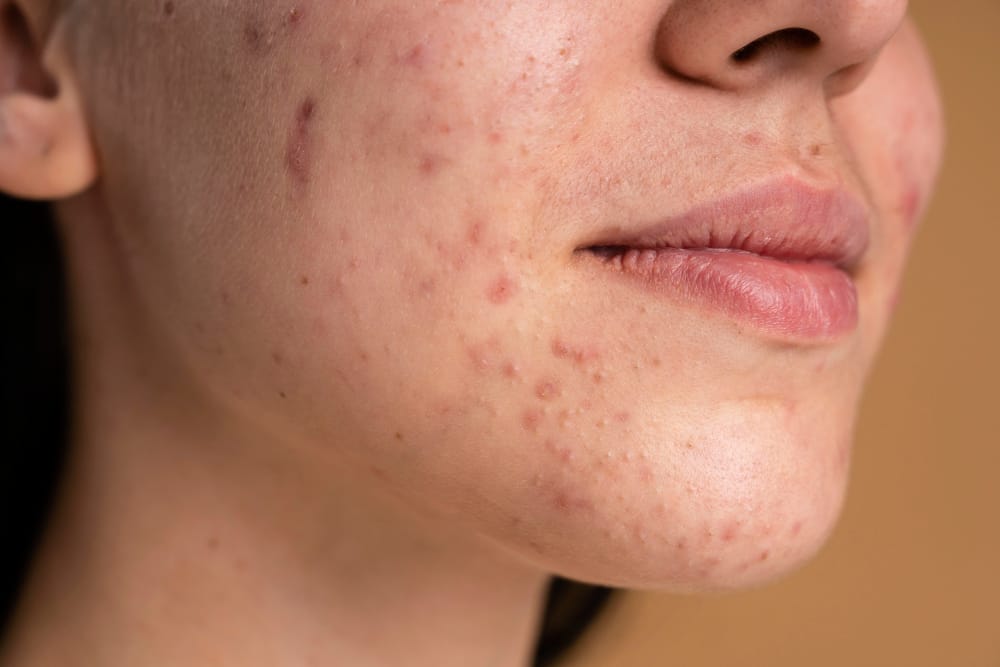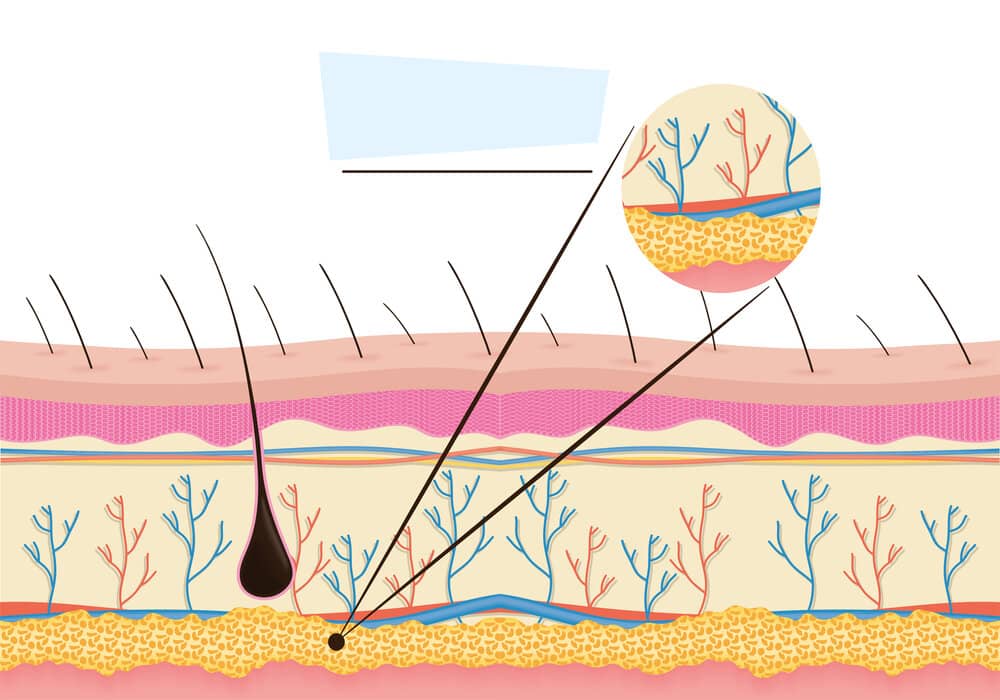Skin Bacteria developed by scientist for the treatment of acne.
Cutibacterium acnes is a skin bacterial strain famous for causing pimples, it can modified to mitigate the adverse effects it causes.

Scientists in Europe have created a novel weapon for one of the world’s most annoying and common skin disorders. Instead of using cleansers, lotions, medicines, or oral antibiotics, that they have resorted to a common acne cause: a bacterial strain known as Cutibacterium acnes. Although C. acnes is known for creating unsightly pimples. Its custom-engineer fluids now help cure the pustules, inflammation, pustule and nodules that accompany them.
C. acnes, unlike many other types of bacteria, may be present on almost everyone’s skin. It isn’t a concern; in fact, C. acnes is aim to maintain good skin as compare to other bacteria keep it under control. However, given the right—or wrong—conditions, C. acnes is also classified as a “opportunistic” strain. If the skin’s microbiome falls somewhat out of balance, C. acnes populations can outnumber other types of skin bacteria, resulting in irritation, sebum accumulation, and various acne-causing disorders.
Common Treatment of Skin Bacteria
Dermal therapies, such as your typical drugstore’s limitless selection of acne-targeting scrubs, and antibiotics taken by mouth attempt to keep C. acnes concentrations under control. However, whether they create an uncomfortable environment for bacteria or directly kill these germs, these therapies are arbitrary, leading to dry, unattractive skin, sensitivity to light, resistant to antibiotics, and other negative side effects. The perfect therapy would concentrate just on C. acnes—a accomplishment that has stayed just out of grasp till now.

Treatment with Modified C. Acnes
A multidisciplinary group consisting of scientists from Spain, France, Denmark, Germany, and Sweden has effectively modified C. acnes. This modified C. acnes release a protein known as granulocyte gelatinase-associated lipocalin, or NGAL. NGAL causes the death of sebocytes, the sebum-producing cells that live in the skin’s glands that produce sebum. Sebum, like C. acnes, serves an important function in keeping the condition of the skin when in balance. When there is excessive amounts of it, it blocks the glands that produce sebaceous glands, leading to acne and cyst.
Through sequencing/altering the genome of C. acnes, researchers effectively induced bacteria to manufacture and release NGAL throughout its existence. According to a report published Tuesday; Nature Biotechnology, modified C. acnes is successful in controlling sebum production in mouse models. However, it will need to go through 3D skin modeling and human evaluation until it is utilized on patients.
The authors of the study believe that altered C. acnes, as well as other genetically modified bacteria, might be a significant weapon in the battle against various skin sensitivities and illnesses. Bioengineer and scientific Marc Güell, says it may potentially utilized to strengthen the body’s immune system’s initial line of protection. Although this is unlikely to happen anytime soon.


